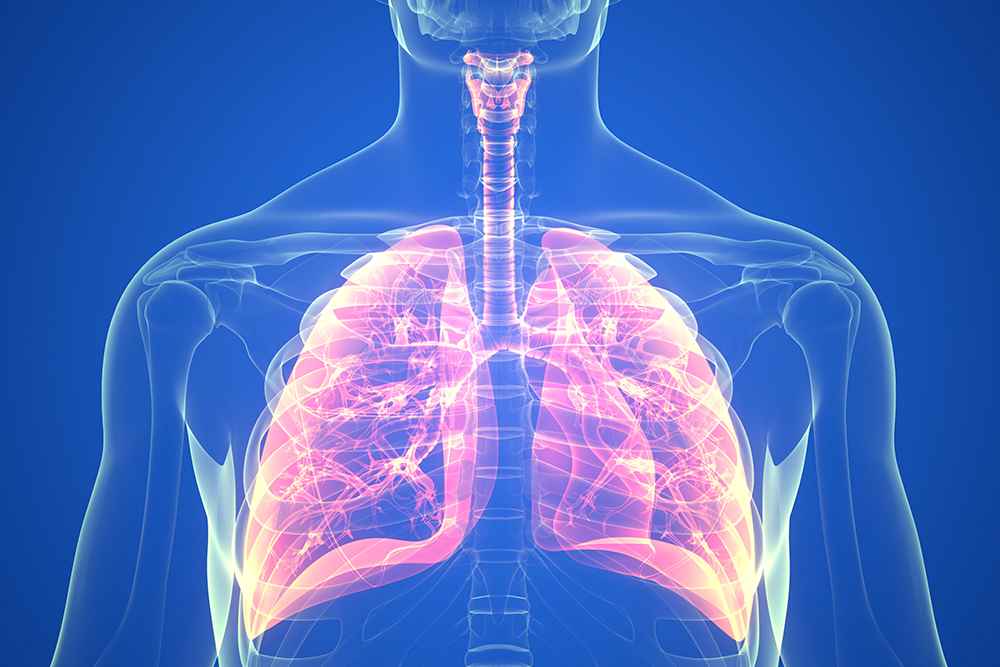Project Management I
The Context

Understanding the health impacts of climate change
The ClimAIr project was conceived to address the pressing and interconnected challenges posed by climate change and air pollution, which are primarily linked to anthropogenic emissions.These challenges have significant impacts on various aspects of life, including the environment, public health, and socio-economic conditions.
It is estimated that air pollution causes 7 million deaths annually, mainly from non-communicable diseases (NCDs) such as chronic respiratory diseases, cardiovascular diseases, and cancer.
ClimAIr’s main goal is to explore the connection between climate change, air pollution, and non-communicable respiratory diseases using AI-powered tools. The project focuses on analysing relevant environmental data and ethical clinical data provided by selected European health centres.
By the end of the project, ClimAIr aims to launch the ClimAIr tool — a user-friendly web app designed to help doctors, urban planners, policymakers, and citizen scientists by providing reliable information on such things as prediction of disease incidence, training courses on pollution and health impacts, and guidelines and recommendations for policymakers.
ClimAIr is an EU funded project under the topic HORIZON-HLTH-2024-ENVHLTH-02-06-two-stage - The role of environmental pollution in non-communicable diseases: air, noise and light and hazardous waste pollution.
The Project

The ClimAIr project aims to investigate the complex relationships between climate change, air pollution, and non-communicable respiratory diseases using advanced Artificial Intelligence (AI) tools. By integrating interdisciplinary research and innovative AI methodologies, ClimAIr seeks to provide robust scientific evidence to inform policies and actions that mitigate pollution-related health risks.
The project begins with a comprehensive clinical study conducted across nine medical centres in Europe, focusing on patients with allergic rhinitis (AR). Extensive data is collected from various sources, including electronic health records, pollution monitoring stations, and climate data. This data is harmonised to ensure consistency and accuracy, integrating it into secure, federated databases while maintaining patient privacy and regulatory compliance.
Mechanistic studies are conducted to understand how pollutants and climate factors affect the human body at a molecular level. This includes analysing blood samples, nasal lavage, and skin tape strips from patients with allergic rhinitis to study changes in their epigenetics, microbiota, proteome, and metabolome. Advanced modelling techniques, such as the System for Integrated modeLling of Atmospheric coMposition (SILAM), are used to provide high-resolution environmental data and predict future pollution levels.
ClimAIr utilises Federated Learning (FL) to train AI models across multiple medical centres without sharing sensitive data. This decentralised approach ensures data privacy while enabling robust AI models to identify complex interactions between air pollution, climate variations, and health outcomes.
The AI models predict future health impacts, providing valuable insights for policymakers and healthcare professionals
Development of AI Tools
The final phase involves developing AI-enabled tools, including a user-friendly Decision Support System (DSS) and the ClimAIr tool, a web-based platform. These tools integrate data and models to offer reliable information on pollution levels, health impacts, and mitigation strategies.
Policy Recommendations
The AI tools and DSS will provide indicators, health alerts, and recommendations, supporting informed decision-making for stakeholders. Based on the findings, evidence-based guidelines and recommendations for policymakers, healthcare professionals, and the public will be created, along with training courses to raise awareness about pollution-related health risks and promote sustainable behaviours.
Beyond the State of the Art
The ClimAIr project will develop several technologies, methods and tools that surpass what is currently available for determining the health impacts of climate change and air pollution.






Federated Learning Framework for Health Data
Decentralised AI Training: Allows AI models to be trained across multiple medical centres without sharing sensitive patient data.
Data Privacy and Security: Ensures compliance with data protection regulations like GDPR.
Enhanced AI Models: Improves robustness and accuracy while maintaining patient confidentiality.
Advanced AI Health Impact Predictions
Machine Learning & Deep Learning: Uses cutting-edge techniques to model interactions between environment and health.
Integrated Datasets: Combines clinical data with pollution and climate projections.
Policy & Public Health Guidance: Provides insights into climate change and respiratory diseases.
Comprehensive Environmental and Health Data Integration
Diverse Data Sources: Integrates electronic health records, pollution monitoring, and climate data.
Data Consistency and Accuracy: Provides a holistic understanding of environmental health impacts.
Advanced Data Curation: Enhances quality and usability of datasets.
High-Resolution Air Pollution and Climate Modelling
Land-Use Regression & Transport Models: Bayesian optimisation for within-city pollution predictions.
3D Digital Models & Large Eddy Simulation: Provides environmental insights for cohort studies.
User-Friendly Decision Support System (DSS)
AI-Based Web Platform: Integrates environmental data, health predictions, and mitigation strategies.
Real-Time Data & Forecasts: Provides insights into pollution levels and economic impacts.
Tailored Recommendations: Supports informed decision-making for policymakers and healthcare professionals.
Mechanistic Research on Pollution and Health
Molecular-Level Analysis: Studies the effects of pollutants and climate factors on human biology.
Biological Pathways: Investigates epigenetics, microbiota, and metabolome changes.
Enhanced Predictive Accuracy: Provides insights linking air pollution to respiratory diseases.
Impacts

The results from the ClimAIr project have the potential to make a significant impact upon a number of stakeholder groups and improve the health outcomes of the public at large.
- Scientific Impact: Provides reliable data and models to inform policies that reduce air pollution and health risks; supports the Zero-Pollution Action Plan, Chemical Strategy, and air quality legislation.
- Social Impact: Raises public awareness of health risks and addresses the needs of vulnerable groups, including children and the elderly.
- Economic Impact: Reduces healthcare costs by lowering respiratory disease cases; estimates economic losses and savings from mitigation measures and environmental management.
- Scientific Impact: Develops evidence-based guidelines, identifies biological links between pollution and diseases, and offers diagnostic tools.
- Social Impact: Provides training and educational resources on pollution risks and incorporates gender-specific considerations.
- Economic Impact: Reduces costs through improved prediction models and introduces advanced medical technologies.
- Scientific Impact: Identifies new links between air pollution, climate change, and health outcomes; develops advanced AI models for predictive analysis; fosters innovation and interdisciplinary collaboration; strengthens research infrastructure and data analytics capabilities.
- Social Impact: Promotes collaboration across disciplines to develop impactful solutions; provides robust scientific evidence to inform policies addressing pollution-related health risks.
- Economic Impact: Advances privacy-preserving AI frameworks for collaborative research; generates new insights into environmental-health interactions, supporting innovation and scientific progress.
- Scientific Impact: Provides accessible, reliable information on the health impacts of air pollution and climate change through tools like ClimAIr.
- Social Impact: Improves public health literacy, empowering individuals to take informed actions to reduce exposure; engages communities in pollution mitigation efforts, fostering collective responsibility; supports better environmental regulations through informed citizen participation.
- Economic Impact: Encourages healthier populations that enhance economic productivity; reduces healthcare demand; raises consumer awareness, promoting shifts towards eco-friendly products and services.
- Scientific Impact: Develops and promotes interventions to improve air quality and the environment.
- Social Impact: Supports efforts to preserve biodiversity and ecosystems.
- Economic Impact: Encourages the growth of sustainable industries and green technologies.
- Scientific Impact: Advances methodologies and tools for integrating pollution and health considerations into city design.
- Social Impact: Creates healthier, more sustainable cities with reduced pollution and improved access to green spaces.
- Economic Impact: Promotes cost-effective urban development and green infrastructure.
- Scientific Impact: Supplies data on pollution-related health risks relevant to business operations.
- Social Impact: Supports sustainable practices and strengthens corporate responsibility.
- Economic Impact: Introduces resource-efficient technologies and processes, reducing costs.
- Scientific Impact: Enhances curricula by integrating pollution and health topics into academic programmes.
- Social Impact: Raises awareness and equips individuals with the knowledge to advocate for environmental protection.
- Economic Impact: Launches educational initiatives to increase awareness of pollution-related health risks.